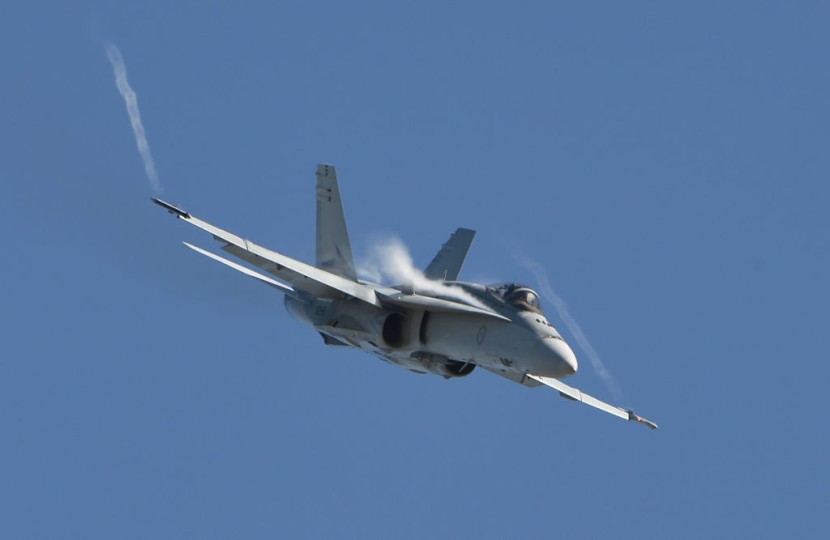
The Block III F/A-18 Super Hornet offers a lot more than legacy F/A-18s with all the modern upgrades in this 4th generation fighter that can hold its own, even to this day.
It can be called Super Duper due to vastly different improvements, and the difference can be seen. For pilots of the new old 'Hornet,' it means a new lease of life for the aging but still excellent plane.
Fighter upgrade
Block II has increased its operational distance, and the extra fuel tanks help achieve the farther patrols from the battlegroup.
Inside the cockpit are modernized controls with touch screens added, but it does not stop at that, reported 19 Forty-five.
The equipment includes an advanced computer system, and the US Navy said the Block III variant could have newer technologies onboard when they become available. These touches will make the new Hornet distinctive and arm the navy air wing with a lethal fighter.
According to reports, Boeing won a contract in March 2020 to buy about 78 of the fighters in the US navy. The batch includes 61 single-seater E and 17 two-seater F variants that will be going on until 2020. The first flight was done in 2020 as well, cited Naval News.
It's not a stealth fighter, but the Block III F/A-18 Super Hornet will have to serve until the 2030s, so some changes are in order. It allegedly got a smaller radar cross-section, making it a bit stealthier than a legacy variant. For a 4th generation fighter, this is big for the US Navy.
Read Also : US Navy 'Top Aggressor Squadron' to Get F-18 Super Hornets, Upgraded Variants of the F-18
Optional fuel tanks give it a wider operational radius with fuselage-hugging conformal fuel tanks that add about 3,500 pounds of fuel. The newer bird can stay aloft longer and attack more targets than the Block I and II Super Hornet, noted Sandboxx.
The Block IIIs with an extended service life mean more flight hours of 10,000 compared to 6,000 from older Super Hornets.
Flying the new Block III Hornet
According to the navy, the change in cockpit technology is different from before. Pilots will access a 10-inch by 19-inch touchscreen that eliminates toggles and knobs with the new hardware. A new interface will change how the pilot interacts.
An upgrade to a new CPU with an advanced data link is unlike the older CPU used in older versions. It will be 17 times better than Block I and II on the new variant.
This new function allows it to link up to the data shared by the F-35C and use that data during combat.
According to Drive, the Infrared Search Track System (IRSTS) has more advantages, allowing targets to see adversary planes as far as 100 miles away. This function is not added to the F-22 despite all its tech.
It's a sticky issue if the upgrades on the Block III F/A-18 Super Hornet are worth the expense, with a cost of $66 million for each plane, although an actual cost of $70 million was shown initially. But the USN likes its Block IIIs and will be on carriers for quite some more time.
© 2025 HNGN, All rights reserved. Do not reproduce without permission.








